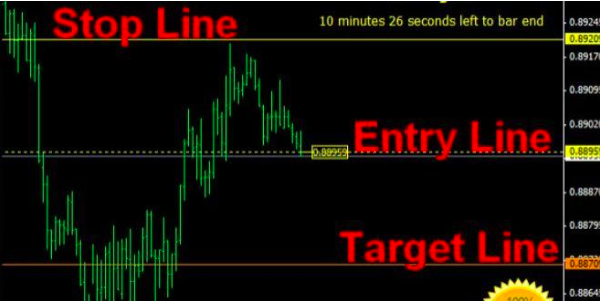What Is a Take Profit Stop Loss?
A take profit stop loss is a way for traders to exit a trade when it has not yet made a profit. The profit level is determined by the amount invested or the total amount of capital. The trader can also use the resistance and support levels of an asset as reference points. A stop loss is important for traders to protect their account from unnecessary losses. They should always monitor the market progress to avoid losing too much money. Traders can use this technique to avoid incurring excessive expenses.

Similarly, a take profit order can be compared to a stop loss order. A take profit order will tell a broker when to close a trade. However, traders should remember that a trade can still become profitable even when it has a stop loss. This can happen to a lot of traders in the Forex market. Hence, traders should keep in mind the risk of losing money even when they are profitable. This method is not only profitable but also helps them avoid incurring unnecessary losses.
A take profit stop loss order is a limited order that specifies the price at which the trader should close a position. Once a take profit order is executed, the trader closes the position at a higher price than the original purchase price. Usually, a take profit order is used in conjunction with a stop loss order to protect against losses. Traders can use both methods to keep their profits within a manageable range.
If you are considering placing a trade, it is crucial to know about the different types of Stop Loss and Take Profit. Stop Loss is a protective order for the market position. While a take profit is a protective order to exit a trade, a stop loss protects against a loss. The price that a trader sets for a take profit will be affected by that stop loss. This feature is not always available. You will need to enable it to use this feature.
Using a stop loss order can help you avoid unnecessary losses and maximize your profits. A stop loss order eliminates the need to check the account daily. However, it is important to note that the stop loss can activate during short-term price fluctuations, resulting in an unnecessary sale. If you are not careful, you can end up making a mistake. When the price has reached the stop loss limit, it will be necessary to sell the stock.
Using a trailing stop loss is an effective way to ride on a large trend. Professional traders use a trailing stop loss to lock in profits as price moves in their favor. They use this technique only when the market reverses by X amount. The trailing stop loss technique is particularly useful when trading with equal weights. You can adjust the trailing stop loss percentage according to your investment strategy. You can set it to either 10% or 20%, depending on the trend you want to follow.
